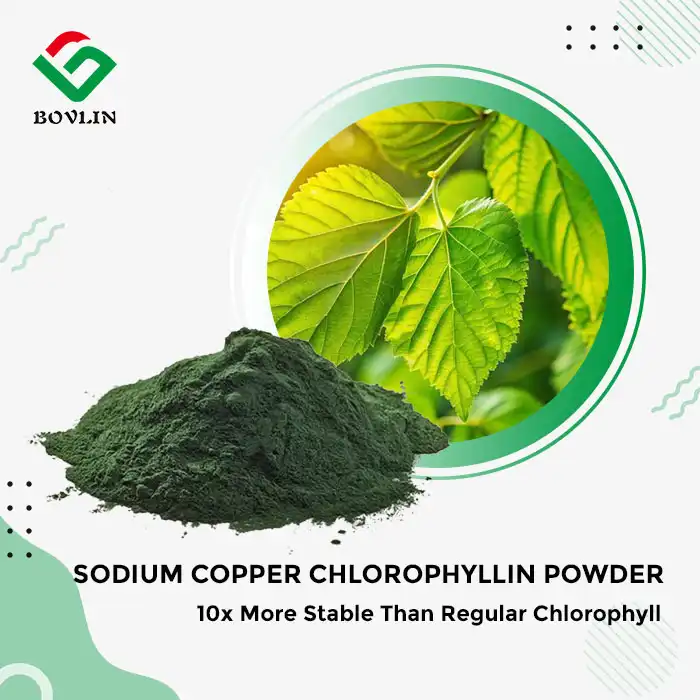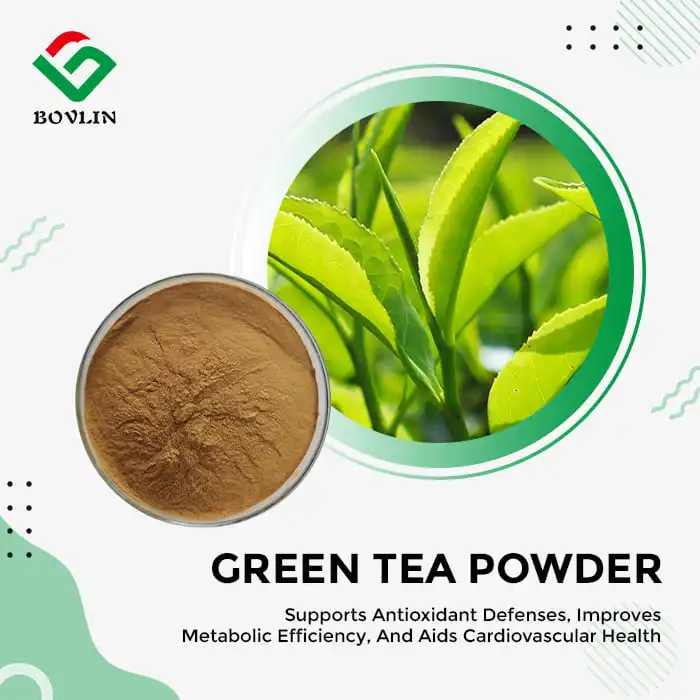What Is the Difference Between Raw and Cell Wall Broken Pine Pollen?
Understanding Raw Pine Pollen
Raw pine pollen is the unprocessed form of pollen collected directly from pine trees. It contains a wealth of nutrients, including amino acids, vitamins, minerals, and bioactive compounds. However, the tough outer shell of raw pine pollen can hinder the absorption of these beneficial components.
The Process of Cell Wall Breaking
Cell wall broken pine pollen undergoes a specialized process that ruptures the pollen's outer shell. This process, often referred to as "cracking" or "breaking," involves various techniques such as low-temperature grinding or controlled pressure methods. The goal is to expose the internal contents of the pollen without damaging its nutritional profile.
Structural Differences and Implications
The key difference lies in the structure of the pollen grains. Raw pine pollen maintains its intact cell wall, which can act as a barrier to nutrient absorption. In contrast, cell wall broken pine pollen powder has a compromised outer shell, allowing for easier access to the pollen's nutritional content. This structural difference has significant implications for bioavailability and the overall effectiveness of pine pollen as a functional ingredient.
Bioavailability and Nutrient Absorption Comparison
Enhanced Nutrient Accessibility
Cell wall broken pine pollen powder provides markedly improved bioavailability compared to its raw counterpart. By cracking the pollen’s tough outer shell, the nutrients inside become more accessible to the digestive system. This direct exposure allows the body to absorb a higher proportion of vitamins, minerals, and bioactive compounds efficiently. Consequently, consumers receive more nutritional value from each serving, making cell wall broken pine pollen a superior ingredient in health supplements and functional foods.
Comparative Absorption Rates
The heightened bioavailability of cracked pine pollen and cell wall broken pine pollen leads to greater potency in functional food and supplement applications. Because the active compounds are more accessible, manufacturers can achieve the intended health benefits with lower dosages. This increased dosage efficiency not only reduces raw material costs but also improves product effectiveness. Such advantages are especially important for concentrated supplement formulations and fortified foods, where precise and effective dosing is critical.
Impact on Nutrient Profile
The process of breaking the pine pollen’s cell wall enhances nutrient bioavailability without changing the original nutrient composition. The treatment is carefully controlled to maintain the integrity of essential compounds such as amino acids, vitamins, and antioxidants. This preservation ensures that manufacturers can deliver the full spectrum of pine pollen’s natural nutritional benefits to consumers, combining improved absorption with the authentic nutritional profile of the raw ingredient.

Efficiency in Functional Food and Supplement Applications
Improved Formulation Capabilities
Cell wall broken pine pollen powder provides manufacturers in the functional food and supplement industries with enhanced formulation options. Its superior solubility and dispersibility allow it to blend easily into various product types, including powdered supplements, capsules, and liquid formulas. This flexibility supports the creation of innovative pine pollen-based products that align with consumer preferences for natural, nutrient-dense ingredients, helping companies stay competitive and meet market demands effectively.
Enhanced Potency and Dosage Efficiency
The heightened bioavailability of pine pollen cracked cell wall powder leads to greater potency in functional food and supplement applications. Because the active compounds are more accessible, manufacturers can achieve the intended health benefits with lower dosages. This increased dosage efficiency not only reduces raw material costs but also improves product effectiveness. Such advantages are especially important for concentrated supplement formulations and fortified foods, where precise and effective dosing is critical.
Broader Application Potential
The improved properties of cell wall broken pine pollen powder significantly broaden its application possibilities across multiple industries. It is suitable for use in nutraceuticals, sports nutrition, functional beverages, and cosmeceutical products. Compared to raw pine pollen, this processed form offers greater versatility, allowing manufacturers to innovate and diversify their product lines. This expanded utility creates opportunities for market growth and product differentiation within the health and wellness sector.
Conclusion
In the comparison between raw and cell wall broken pine pollen, the latter emerges as the superior option for manufacturers and enterprises seeking to harness the full potential of this natural ingredient. The enhanced bioavailability, improved nutrient absorption, and greater efficiency in functional applications make cell-wall-broken pine pollen powder a valuable resource in the development of high-quality health and wellness products. As the demand for natural, effective supplements continues to grow, cell wall broken pine pollen stands out as a promising ingredient that can meet both consumer expectations and manufacturer requirements.
Contact Us
Are you looking to elevate your product line with high-quality, bioavailable pine pollen? Shaanxi Bolin Biotechnology Co., Ltd. specializes in producing premium cell wall broken pine pollen powder for various applications. Contact us at sales1@bovlin.com to learn more about how our pine pollen products can benefit your business.












